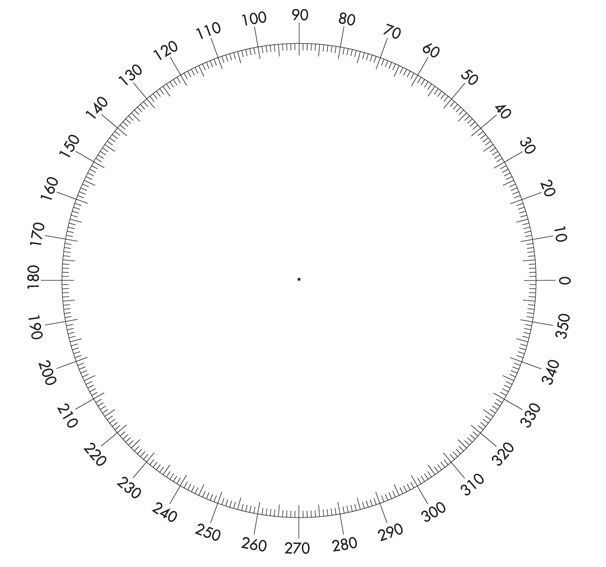How to Study Maths
- Jonno

- Mar 12, 2024
- 1 min read
Below is a short guide providing direction on how to study for maths:
1. Summarise
Summarising mathematical topics involves distilling ideas into concise, understandable explanations, fostering comprehension and critical thinking.
2. Formulas
Identify and understand relevant formulas, accompanied by example questions demonstrating practical application.
3. Unique Problems
List and practice unique problem types that demand specific approaches.
4. Practice
Regularly work through practice questions.
5. Simulate the Exam
Complete timed practice papers under exam conditions to refine time management and identify areas for improvement.
6. Spaced Repetition:
Utilise spaced repetition to reinforce memory retention by initially reviewing new concepts frequently and gradually spacing out reviews as mastery is achieved. A common effective approach is to review new material on the same day it is learned, then again 2 or 3 days later, followed by a week, two weeks, and finally a month later. The aim is to keep new ideas in our long-term memory.
In summary, by incorporating summarisation techniques, understanding formulas, practicing unique problem types, engaging in regular practice, simulating exam conditions, and employing spaced repetition, students can effectively study for mathematics, fostering deep understanding and retention of the material.




Comments